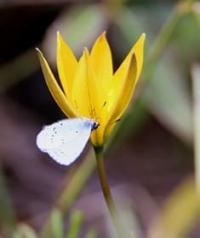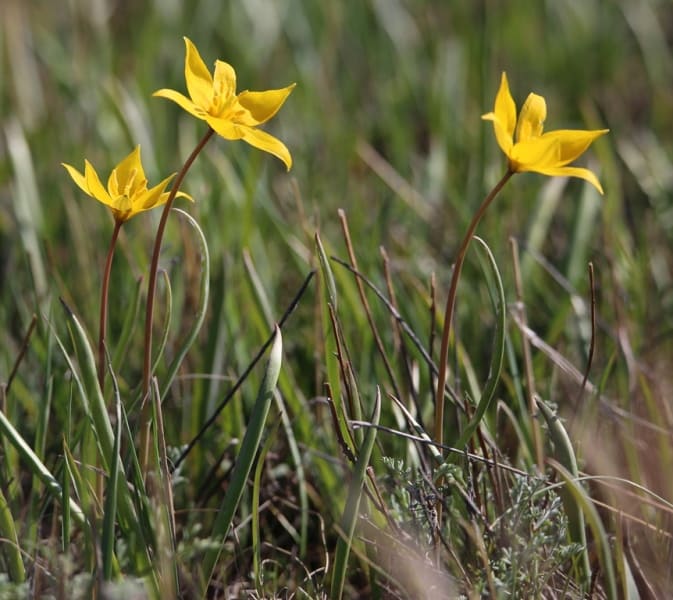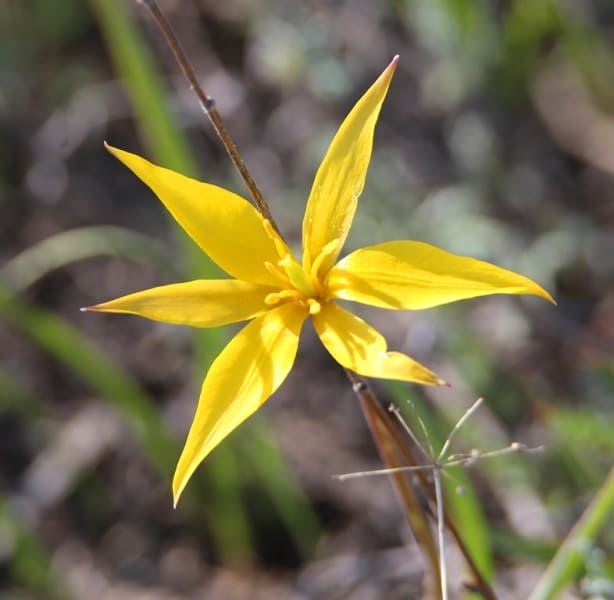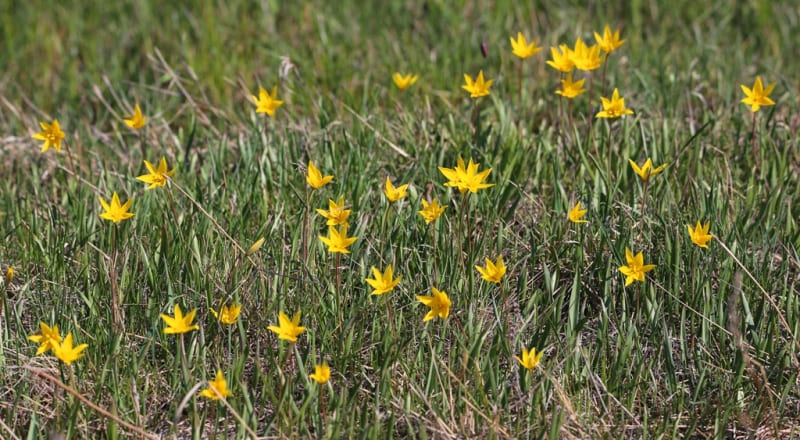Вы здесь
Tulipa biebersteiniana.

Photo tour for biebersteiniana tulips in Kazakhstan.
“On Novruz, a fragrant day in the steppe, you see for a reason,
How tulips bloom, and each one is a bright star!
Tulip shining, rejoicing, like a star why? -
He took the form not another, but the one that he needs.
Nasir Khosrow (Nosir Khisrow).
Tulips of biebersteiniana in Kazakhstan
Historical background of Tulipa biebersteiniana, Dubravny, Southern (Tulipa biebersteiniana) Tulipa biebersteiniana кызгалдагы. Tulipa biebersteiniana, or oak tulip (tulipa quercetorum), is a perennial herbaceous plant, a species of the tulip genus (Tulipa) of the Liliaceae family.
Described in 1829 by I.A. and Yu.G. Schultes based on samples collected by F.K. Biberstein in the North Caucasus between Mozdok and Kizlyar.
The tulip is named after Fyodor Kondratievich Bieberstein, Baron Friedrich August Marshall von Bieberstein (German Friedrich August Freiherr Marschall von Bieberstein. Born July 30, 1768 in Stuttgart, died June 16, 1826 in Merefa near Kharkov (Ukraine) - German botanist, silkworm breeder and a traveler in the Russian service.
Botanical description of Tulipa biebersteiniana.
Perennial bulbous herbaceous polycarpic with rosetteless shoot. Height 15 - 30 (up to 40) cm. Stem glabrous, simple, straight, thin. The bulb is ovoid, up to 2 cm thick, up to 4 cm long, leathery shells, black-brown, appressed from the inside, thick and hairy.
Leaves basal, linear-lanceolate, grooved, including two (three), deviated, glabrous, usually the lower leaf is wider. Flowers solitary, drooping before flowering, with yellow sharp tepals up to 3 cm in diameter. Tepals (there are six of them) are lanceolate, yellow, up to 3 cm long, sharp, outer - outside with a purple tint, 2 times wider than the inner ones; internally ovate, ciliated at base and bearded at apex.
Filaments and inner tepals hairy at base. Anthers 2-3 times shorter than filaments. The stamens are 2 times shorter than the perianth. The fruit is an upright dry capsule 1.5 - 2.5 cm long with a point at the top. Number of chromosomes 2n = 24.
Phenology of Tulipa biebersteiniana. Blooms in April - May. Spring ephemeroid. Flowering in April - May, fruiting in June. Propagated by seeds and vegetatively (daughter bulbs). Pollinated by bees, wasps, small beetles, flies. The seeds are scattered when the dry capsule cracks.
The time from the appearance of vegetative organs to flowering is 33 days, to the death of leaves - 87, seed ripening - 99 days. Seeds germinate only in autumn, germination rate - 81.7%. Under unfavorable conditions, the pre-generative period and the formation of stolons can continue for many years.
Heliophyte, geophyte, xeromesophyte. Ecology of the Bieberstein tulip in Kazakhstan. Inhabits the steppes, meadow steppe depressions, forest clearings and forest edges.
Distribution of tulip Tulipa biebersteiniana in Kazakhstan. It occurs in the spurs of the common Syrt, Tobolsk-Ishim, Aktobe, Ulytau, Turgay floristic regions, Mugodzhary, western hills.
Protection in Kazakhstan of biebersteiniana tulip. Listed in the Red Book.
Note:
In its origin, the Biberstein tulip is very close to the diploid form of the forest tulip (Tulipa sylvestris ssp. australis), from which it probably comes and with which it is sometimes combined into one species. It is possible that the steppe populations of Bieberstein's tulip are the relic remains of once-disappeared boreal landscapes.





Authority
Anna Andreevna Ivashchenko. "Tulips and other bulbous plants of Kazakhstan". 2005.
Photos by
Alexander Petrov.







